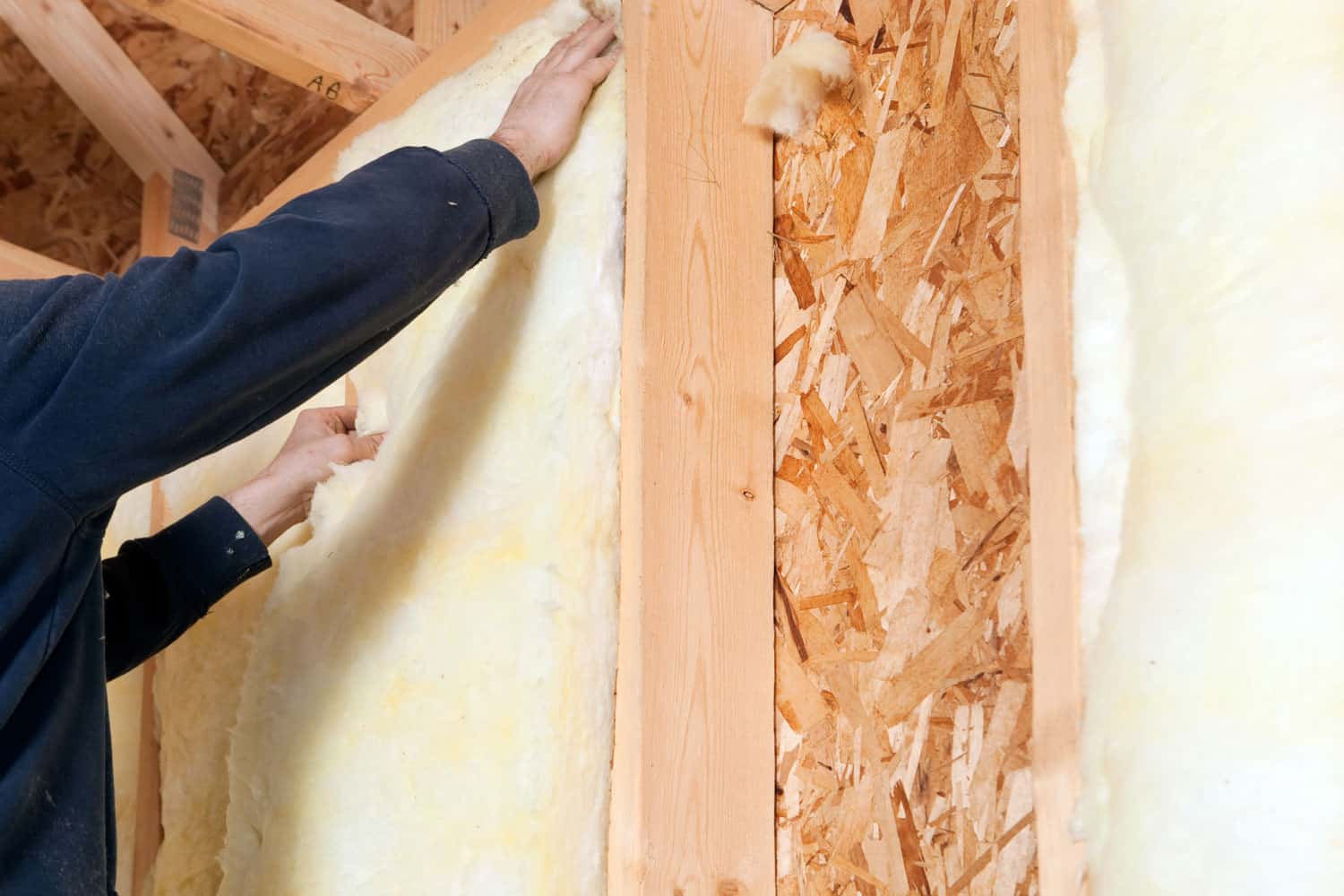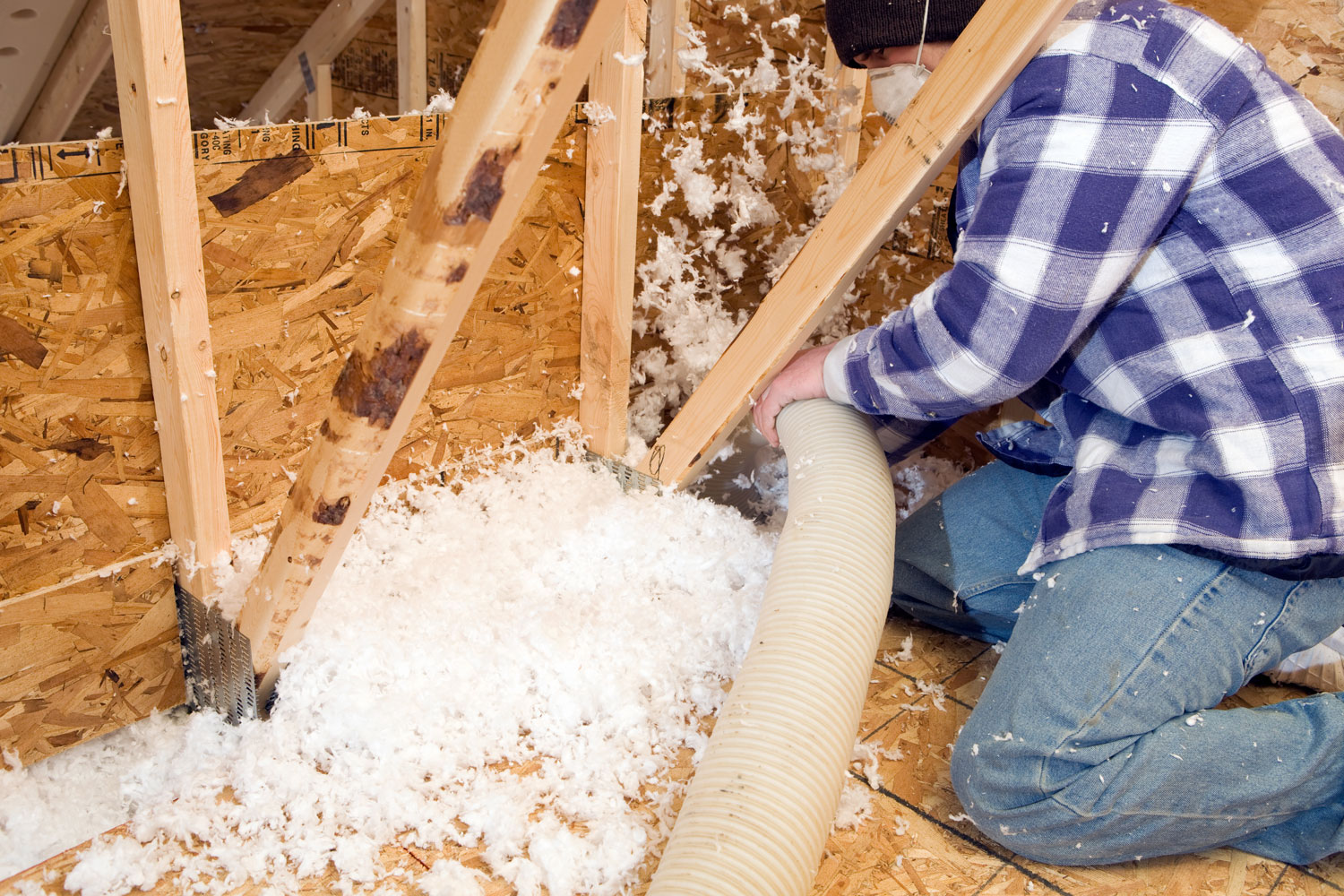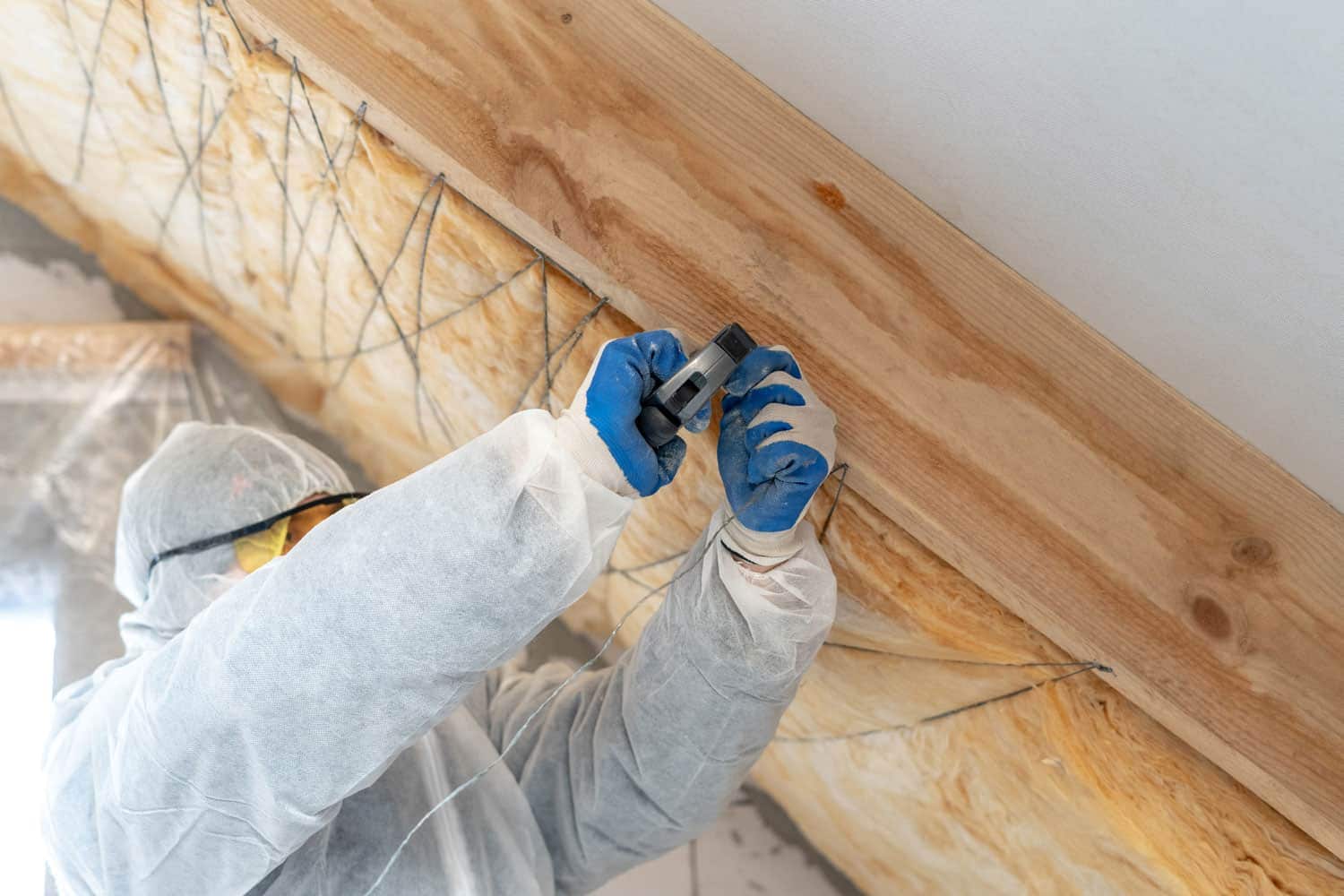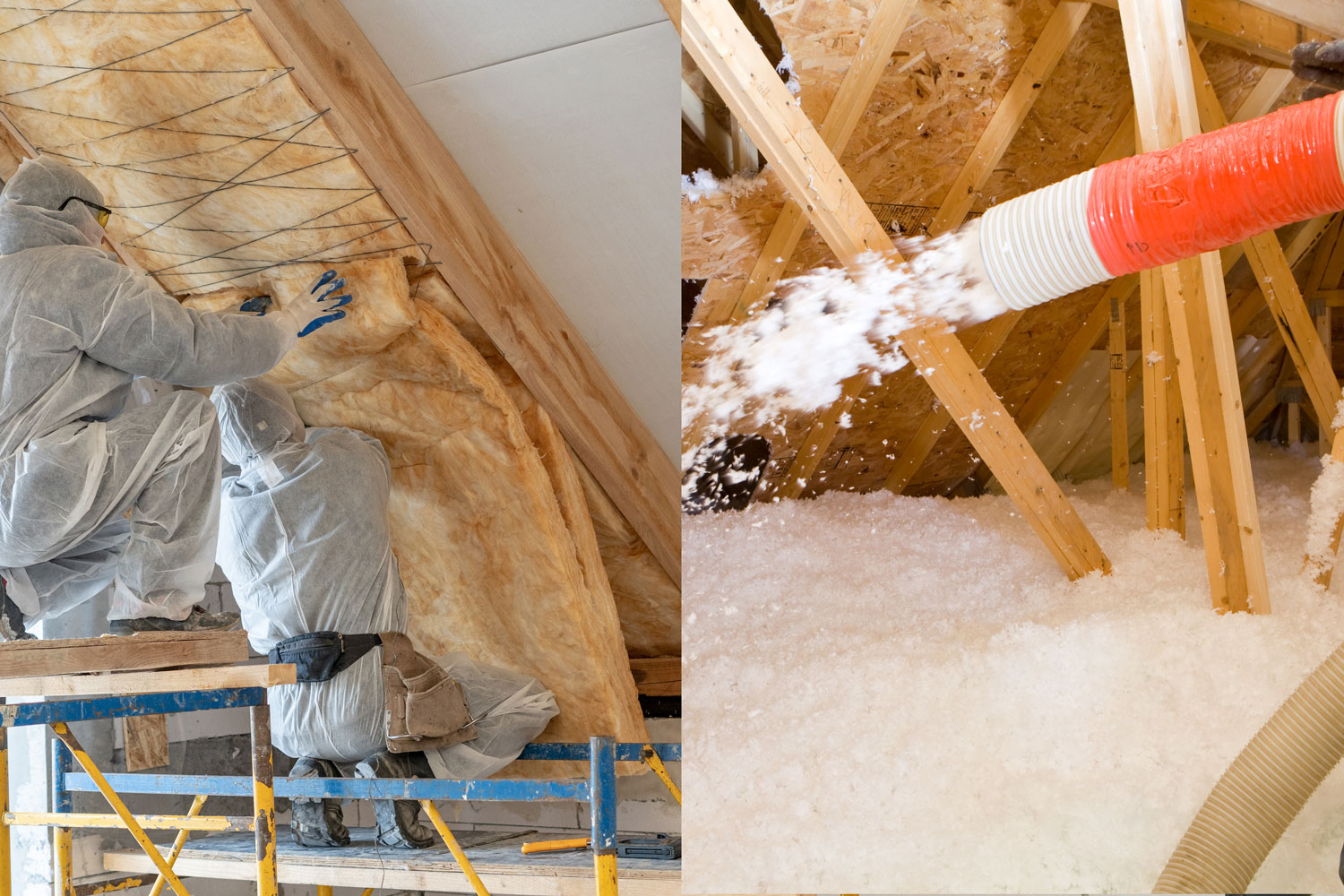Whether you're building a new house or simply doing a home improvement project for your home, one of the most important aspects that one should look into is insulation. Knowing the right kind of insulation that you should use for your home is important because it can affect the quality of living, as well as the energy efficiency of your house.
The choice between batt insulation and blown-in insulation depends on the existing condition of your home. For houses that have exposed walls, ceilings, or attic spaces, batt insulation is a good choice. However, if everything in your home is already in place, it might be best to consider having contractors work with blown-in insulation.
Now that you know that you need insulation in your home, it would be best to look into more details on which would be the best choice for you. There are many advantages and disadvantages for both kinds, so do continue reading to learn more as we compile the answers to some of your questions.

Pros and Cons: Batt Insulation Vs. Blown Insulation
Just like any other insulation option, batt insulation and blown insulation both have their pros and cons. Depending on where you will be installing these insulation materials, one type may be more suitable than the other.
Batt Insulation

Batt insulation or sometimes called blanket insulation is usually made of fiberglass or mineral wool. You can often find batt insulation sold in rolls, but you can also find it pre-cut into industry sizes. This insulation material is typically used in exposed floors, walls, ceilings, or attics.
Pros:
- Fiberglass batt insulation does not contain harmful chemicals.
- Batt insulation material is fire-resistant.
- They can hold up well to water damage but may immediately require replacement.
- It is the easiest insulation material to work with for DIY home improvement projects and it is readily available.
Cons:
- It is hard to fit well in oddly-shaped places.
- Batt insulation has limitations in fitting spaces, so it tends to leave gaps and spaces.
- This material will compress over time and will need replacement.
- Because it is made of fiberglass, wearing personal protective equipment is required for safety.
Blown-in Insulation

Blown-in insulation or otherwise known as loose-fill insulation is a term used for the process of application in which loose insulating material is blown into cavities and studs, or even attic floors. It is great for areas that are already built and do not have exposed areas to put the insulation in.
There are a number of materials that can be used for blown-in insulation ranging from treated newspapers and wood-based materials to fiberglass fibers or styrofoam pellets. The most popular loose-fill insulation material used is cellulose material.
Pros:
- This insulation can fill in the gaps that batts may not reach.
- It flows down through wall studs, making it easier to insulate hard-to-reach areas.
- The fiberglass loose-fill insulation is also flame-resistant.
- Most cellulose materials for blown-in insulation are non-toxic.
- Materials can be layered to provide a higher R-value and better insulation for your home.
Cons:
- This insulation cannot be done without professional help. It has to be installed by a reputable contractor.
- Because it is made of loose material, installation can be a bit messy.
- Blown-in insulation material does not do well when wet, and it requires immediate replacement.
- Wet loose-fill material can promote mold and fungal growth.
- The weight of the blown-in insulation can cause ceilings to sag when it gets heavy.
Which Should I Choose? Batts or Blown-in Insulation?
Knowing the pros and cons of each insulation material, you might now be wondering which of the two is the best material you can use for your home? Both of these insulation types are worth using, but there are certain conditions that might make it easier for you to choose one over the other.
Batts Situations
If you are just about to build your new home or you are currently doing a renovation that has exposed your walls and ceilings, the best choice to use would be batt insulation. Having these exposed spaces that need insulating means that you can simply measure, cut, and install the batt insulation with no problem.
You can just install the drywall or whatever covering afterward to finish the job. Batts are pretty flexible to work with and it will also cost you less to maintain this insulation. Integrating the installation while building your home is more cost-efficient, plus it looks nicer and cleaner.
Blown-in Situations
However, if your house is already built and your walls or ceilings are not exposed, then the best choice would be to use blown-in insulation. Using blown-in installation is quicker and done with less intrusion.
You should find professional installers to do the job for you as blown-in insulation will require a specific machine to install it in your home. It is a bit costlier to have this type of insulation installed, but it does make up for the speed and ease of labor needed.
Combining Batt & Blown-in
Ideally, the best choice is to use a combination of these two types of insulation. For more open areas, batt insulation will work best, while you can use blown-in insulation for tight, hard-to-reach areas.
If you have the time, budget, and you'd like the best result for your home, then a combination of the two would be the best choice. If you'd like to learn more about mixing insulation, we have an article that discusses it in detail: "Can You Mix Fiberglass And Cellulose Insulation?"
Should I Replace Blown-in Insulation With Batt?

Most insulation materials are built to last for a very long time. Fiberglass batts can last for about 15 to 20 years, so it would be best to do a check if your house has been built for this long.
Blown-in insulation has different lifespans, depending on the material used. Commonly, cellulose material used for insulating can last for about 20 to 30 years, although it may start to degrade at around 15 years.
There are some factors that might require you to have your insulation checked if replacement is needed. Here are some of the factors:
- You have had water damage to your roof.
- The insulating material has been punctured.
- There is mold and fungal growth on your insulating material.
- Your house is older than 10 years.
- The house has experienced several severe weather conditions or a fire.
If some of these factors are visible in your home, it may be best to have your insulation checked by a professional. Now, a question that many people ask is if blown-in insulation should be replaced with batt insulation.
The answer to this—it really depends on the current state of your home. As discussed earlier, batt insulation and blown-in insulation both have different advantages and disadvantages. Depending on what needs to be worked with in your home, it will always be best to stick with the type of insulation that you have, as long as it is installed properly.
However, there are certain cases wherein you might really need to change insulation types. Some homes that do not do well with batt insulation due to gaps and spaces because of oddly-shaped or tight areas may benefit by changing their insulation to blown-in materials.
A professional who has experience in home insulation should be able to help you decide which type of material will be more suitable for your house.
In Conclusion

Batt insulation and blown-in insulation are two of the most popularly used insulating materials for the home. There are many reasons why one type may work better than the other, but ultimately, the choice lies in the homeowner and the current condition of their house.
For houses that have exposed areas like walls, ceilings, and attics, the best choice to go with is batt insulation. This is because batt insulation is easy to install for exposed spaces because all you need to do is to measure, cut, and install it properly.
However, for homes that have already been built or cannot be renovated anytime soon, then blown-in insulation may be considered. Using blown-in insulation is fast and can be done with the least intrusion.
Would you like to learn more about insulation materials for your home? We have a few articles that you might find interesting:
